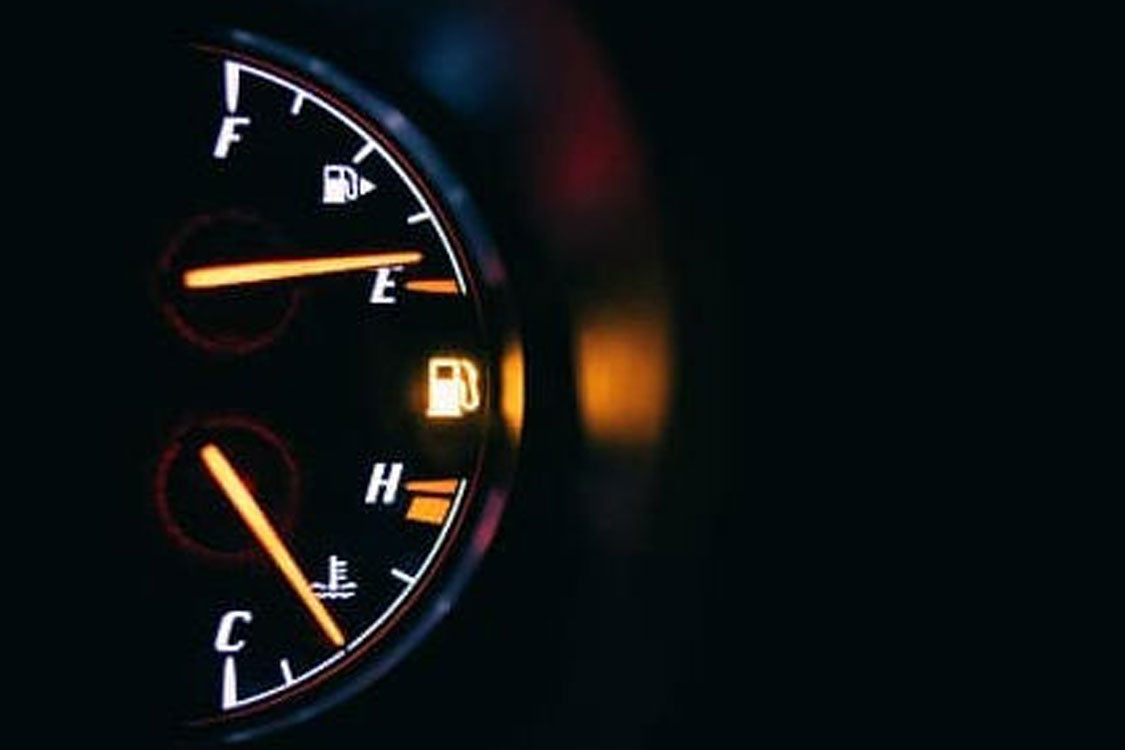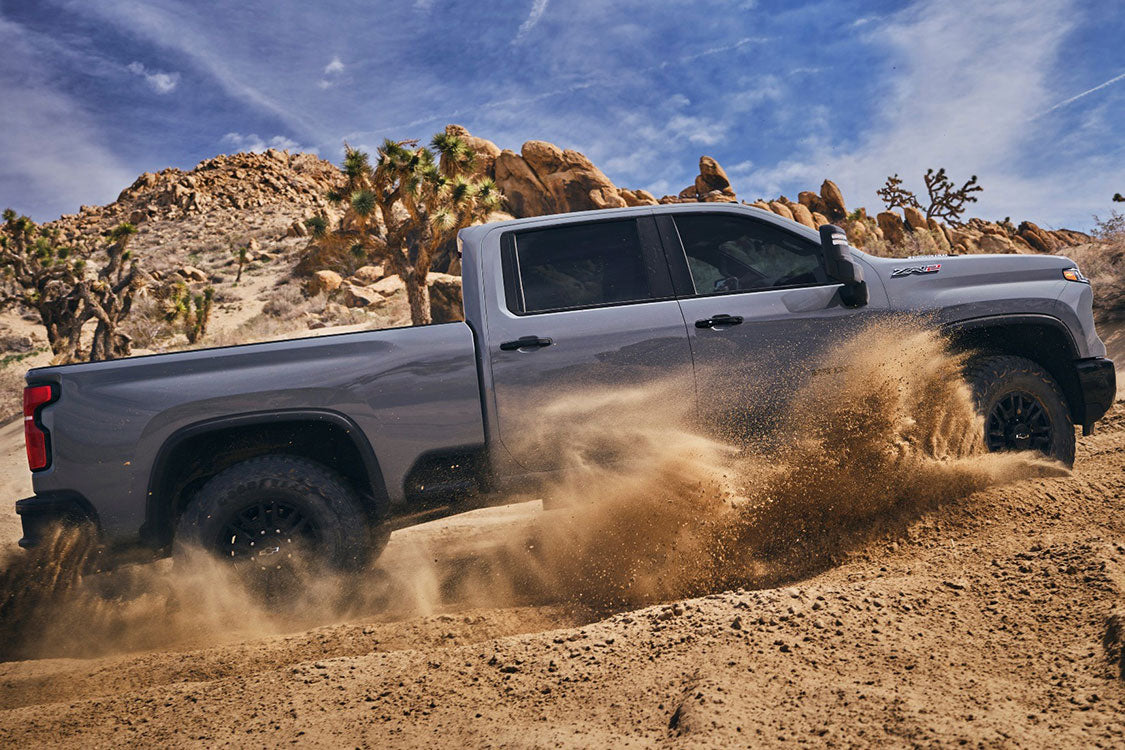Maintaining your vehicle is crucial to ensuring its smooth and safe operation. Regular car maintenance can not only extend the service life of a car, but also improve its performance. In order to maximize the lifespan and performance of the vehicle, here are the items that should be checked according to time and season. This is a comprehensive car maintenance checklist that can help you track basic tasks.
The Importance of Regular Car Maintenance
Taking care of your car and keeping it running normally takes a little effort, but you definitely don't have to be a mechanical genius to keep your car running well. The biggest obstacle is understanding what needs to be done and how often to do it to achieve optimal vehicle maintenance. By understanding the basic knowledge required for a car and when daily car maintenance should be carried out, you will ensure that your car is in optimal operating condition.
Regular maintenance to prevent major malfunctions can prevent the occurrence of major problems. By performing routine checks, you can identify potential issues before they escalate into expensive repairs. Improving fuel efficiency through regular maintenance is key to optimizing fuel consumption. Tasks such as checking tire pressure and replacing air filters can significantly improve efficiency. Ensuring safe and well maintained vehicles is safer for you and others on the road. Regularly check the brakes, lights, and tires to ensure that your car is ready to handle any situation.
Short Term Checklist
- Oil and coolant levels:Every month or several times, especially before long-distance road trips, it is best to check the oil and coolant levels by drilling under the car hood when the engine is cooling down. If left unchecked, any low-level issue may lead to engine problems.
- Air filter:The air filter of the engine regulates the air flowing into the engine, which helps prevent debris and particulate matter from entering. By ensuring the normal flow of the air filter, you can improve fuel efficiency, reduce emissions, and help ensure the lifespan of the engine.
- Tire pressure and tread depth:Due to the fact that well maintained tires are an essential part of safe and fuel-efficient cycling, it is important to develop the habit of regularly visually inspecting tires. Check tire pressure every month, and also before long-distance travel or carrying additional loads. Don't forget the backup. We need a tire pressure gauge to check your tire pressure. In addition, during colder months, please note that for every 10 degrees decrease in tire pressure, it will drop by one pound.
- Headlights, turn signals, brake lights, and parking lights:It is important whether the lights on the vehicle are working properly, but they are often easily overlooked. Once a month, when you stop in front of a flat road, turn on the headlights and check if both headlights are working properly and in good position. Walk around your car and visually inspect the turn signals and parking lights. When you step on the brake, have a friend stand behind the car to ensure that your brake lights are working properly.
- Engine oil and filter:The engine oil in a car has a series of functions: it lubricates moving parts, helps as an anti debris sealant, cools the engine, reduces wear, and helps prevent engine corrosion. Keeping it clean is crucial for the good health of the engine.
- Rotating tires:Based on your vehicle's positioning, usage, and many other factors, the tread wear pattern on the tires may vary between the front and rear tires, and even from one side of the tread to the other. Rotating tires will help extend their lifespan by more evenly balancing tread wear and prevent noise and vibration issues.
- Wax car:Be sure to wax your car every six months after washing it. This will not only keep it shiny, but also help maintain the good condition of the paint and reduce the chance of rusting. Many irritating substances such as dust, sand, and salt can accumulate, and environmental factors such as ozone and ultraviolet radiation can cause microscopic damage. However, waxing can extend the life of paint by forming a protective seal, thereby helping to minimize this damage to the greatest extent possible.
- Battery maintenance checks whether the battery is corroded and ensures a secure connection. A healthy battery is crucial for starting a car and supplying power to the electrical system. Regularly test the battery level, especially before long-distance travel.
Long Term Checklist
- Transmission fluid:Just like engine oil, transmission oil is a lubricant that helps maintain the normal operation of all moving parts inside the transmission. Whether you are driving a vehicle with an automatic or manual transmission, it is necessary to check and replace the transmission oil as needed to avoid expensive transmission damage or replacement.
- Transfer case oil:In four-wheel or all wheel drive vehicles, a transfer case is a device that transfers power from the transmission to the axles. You need to check the transfer case fluid according to the vehicle manufacturer's recommendations to ensure it is properly filled and leak free.
- Check the shock absorbers and pillars:The shock absorbers and pillars on a car are important components of the steering system, which can control impact and rebound when the vehicle is driving over bumpy roads. They should be checked by professionals every 50000 miles, or if you find a decrease in smoothness or loss of control while driving, take your car to the store.
- Coolant fluid exchange:The radiator in a car is a crucial component that helps maintain engine cooling and normal operation. Regularly flushing the cooling system will help remove accumulated pollutants inside and ensure that the radiator is filled to the appropriate level.
- spark plug:The spark plug in the engine ignites the gas and air mixture that ultimately provides power to the vehicle. If your spark plug does not work properly, your engine will lose power and cannot operate at its optimal capacity. According to the recommendations of the vehicle manufacturer or when you feel a decrease in engine power, conduct a professional inspection and replace any faulty spark plugs.
- Serpentine belt:Although it looks like a simple piece of rubber, your car's serpentine belt is crucial for keeping the car running by supplying power to peripheral devices such as the AC generator, power steering pump, and air conditioning compressor. Visually inspect the belt to ensure there are no cracks or other wear.
- Front differential and/or rear differential:Differential is a device that distributes the torque or power of the engine to the tires. In front wheel drive or rear wheel drive vehicles, there is only one differential, but in four-wheel and all wheel drive vehicles, there are both front and rear differentials, and possibly even a center differential. Like many components of a vehicle, the differential needs to be lubricated to ensure proper operation.
Seasonal Checklist
Your vehicle requirements may vary depending on the season and driving conditions. Here are some suggestions:
- Replace the windshield wipers:The windshield wipers need to be replaced approximately once a year or when their effectiveness is compromised. In winter, installing winter wiper blades for optimal performance may also be a good idea. When parking in winter, you should also pull the wiper away from the window to prevent icing.
- Battery performance inspection:The car battery is one of the most important components for the operation of a car. Car batteries provide a large amount of current to the starter, engine, and other electronic accessories in the vehicle. Extreme temperatures can affect battery performance, so regular battery testing will ensure that the battery can function properly when needed.
- Replace the tire:Based on your place of residence and potential winter driving conditions, you may want to replace your tires with winter/snow tires during cold and snowy months. When the temperature continues to hover at or below freezing point, tire compounds in non winter tires will harden, reducing traction and handling performance while increasing braking distance. Winter tires have tread patterns and compounds designed to remain soft in cold conditions and provide grip in snowy, muddy, and icy driving conditions.
- Check the coolant level:It is also important to check the coolant level in the radiator during winter to prevent the radiator or engine components from freezing. It is usually recommended to mix antifreeze with water in a 50/50 ratio, but please refer to the user manual or consult a professional to determine.
- Following the car maintenance plan and keeping records of the work done can help extend the lifespan of the vehicle, protect you from breakdowns, expensive repairs, and other unwanted accidents.
Conclusion
Following a comprehensive car maintenance checklist is crucial for ensuring the smooth and safe operation of your vehicle. Proactive maintenance saves you money, and if you can prove that your car is well maintained, you can demand the highest price when reselling it. Of course, it is important to remember that although car maintenance costs are not always cheap, they can ultimately help you avoid expensive repair expenses. Improve the reliability of automobiles. By tracking these tasks, you will extend the lifespan of your vehicle and enjoy a more reliable driving experience.




